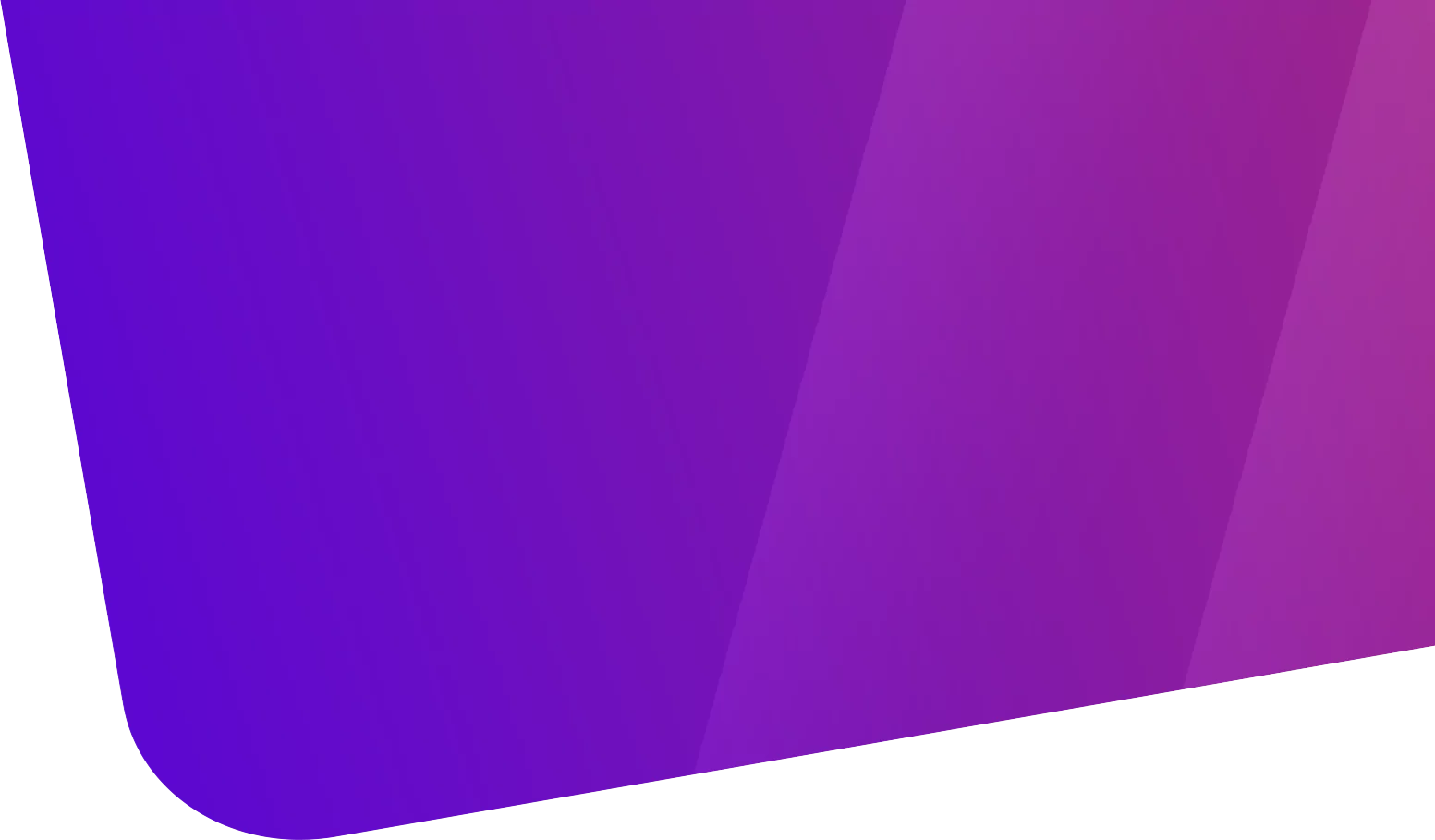If you’ve surfed the web, you’ve probably seen headers on most of the pages you’ve visited. These headers are an essential part of web design and their use can make the difference between a page that is easy to navigate and one that is confusing and intimidating to the user. In this article we will explain everything you need to know about headers on the web: what they are, what they are used for and some examples of how they are used.
What are headers on the web?
Web headers are HTML elements used to organize and structure the content of a web page. They are similar to headings in a book, but instead of being a single line of text, headings can be as long as necessary and are divided into six levels: H1, H2, H3, H4, H5 and H6. The H1 level is the most important and is used for the main title of the page, while lower level headings are used for sections and subsections.
In terms of design, headers on the web are usually larger, thicker or of a different color than the regular text on the page. This helps headings stand out and attract the user’s attention, which is especially useful on pages with a lot of content.
What are headers for on the web?
Headers on the web have several important functions. First of all, they help to organize and structure the content of the page, making it easier for the user to read and understand. Headers also allow users to quickly scan the page for specific information, which is especially useful on pages with a lot of content.
Another important function of headers is search engine optimization (SEO). Search engines use headers to understand the structure and content of the page, which can help improve the page’s ranking in search results.
Examples of headers on the web
Let’s look at some examples of how headers are used on the web:
Headings on a home page
On a typical home page, the main heading (H1) will be used for the main title of the page, such as the name of the company or website. The lower level headers will be used to present the different services or products offered by the site.
Headings on a blog page
On a blog page, the main heading (H1) will be used for the title of the article. The lower level headings will be used for the different sections of the article, such as the introduction, the body of the article and the conclusion.
Headings on an online store page
On an online store page, the main heading (H1) will be used for the store name or product category. The lower level headings will be used for the different sections of the page, such as featured products, special offers and related products.
Examples of headers in different types of web sites
Example of header in an e-commerce website
One of the most popular e-commerce websites is Amazon, and their header is a great example of how it can be used in this type of site. Amazon’s header includes the company’s logo on the left, followed by a search bar so users can find what they are looking for quickly. To the right of the header, you can find links to log in to your Amazon account, view your shopping cart and access your wish list. In addition, in the header you can also find links to the different product categories offered by Amazon, such as books, electronics, clothing and more.
Example of a header in a news website
The CNN news website has a very different header than Amazon’s, as it focuses on providing quick access to the latest headlines and news. CNN’s header includes the company’s logo in the upper left corner, followed by a search bar so users can search for specific news stories. To the right of the header, you can find links to view the main news of the moment, as well as to access different sections of the site, such as sports, entertainment and politics.
Example of header in a restaurant website
A restaurant website can also take advantage of the header to showcase its brand and menu. On the Noma restaurant website, the header includes the restaurant’s logo in the upper left corner, followed by a navigation bar showing the different sections of the website. In addition, a reservation button can also be found in the header so that users can book a table directly from the website. As you scroll down the page, the header scrolls up and becomes a fixed navigation bar at the top of the page so that users can access the different sections of the site at any time.
Conclusion
In short, the header is an essential part of any website, since it is the first thing users see when they access the site. The header can be used to showcase company branding, provide quick access to different sections of the site and help users navigate the site efficiently.
When designing a header, it is important to make sure it is clear and easy to use so that users can quickly find what they are looking for. We hope this guide has helped you better understand what a header is and how it can be used on your website.


